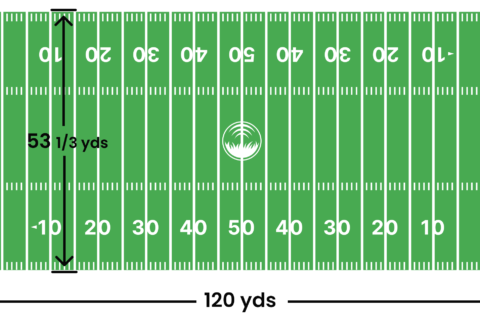Tennis is a sport loved by millions around the world. It’s exciting, it’s fun, and it’s full of action. One important aspect of tennis is how we measure a player’s performance. This is where Elo ratings come into play.
What Are Elo Ratings?
Elo ratings were first created by a man named Arpad Elo. This system was originally for chess players. It helps to predict who might win a match. But now, it’s used in many other sports, including tennis. The Elo rating system looks at how well players do against others. It also checks if those others are thought to be strong or weak players.
How Do Elo Ratings Work in Tennis?
For tennis, Elo ratings change when players win or lose matches. If a player wins against someone with a high Elo rating, they earn more points. If they lose to someone with a low rating, they lose more points. This way, the system keeps track of a player’s skill over time.
Why Elo Ratings Matter
Elo ratings give us a good idea of a player’s skill. They consider the strength of the opponents. This gives a clearer picture than just looking at wins and losses. Elo ratings can be very helpful for seeing who might win an upcoming match.
Comparison with Traditional Tennis Rankings
Traditional tennis rankings are a bit different. They are based on how players do in tournaments over the last year. Players get points for each round they reach in a tournament. But, these rankings don’t always show the true skill of a player. Sometimes players can have a high ranking but still not be the best at winning matches.
Strengths of Elo Ratings in Tennis
Elo ratings have some big advantages. They update quickly after each match. They also compare the skill levels of players more accurately. This is because they look at the results against the strength of the opponents.

Credit: www.sportico.com
Limits of Elo Ratings
But, Elo ratings are not perfect. They might not work well if a player is new or hasn’t played many matches. They also might not show the right skill level if a player has been hurt and not playing for a while.
Examples of Elo Ratings in Action
Let’s look at some examples. A player with a high Elo rating is likely to do well in a match against a player with a lower rating. But upsets can happen. Sometimes a player with a lower Elo rating might win. This is part of what makes tennis so exciting.
How Elo Ratings Impact Players and Fans
For players, Elo ratings can show how well they are doing. It can help them prepare for matches. For fans, Elo ratings can make watching tennis even more fun. They can guess who might win based on the ratings.

Credit: thewire.in
Conclusion
In the end, Elo ratings are a significant tool for measuring tennis performance. They offer a detailed look at a player’s ability to win matches. They are not the only way to rank players, but they are a very useful one. So next time you watch a tennis match, think about the Elo ratings. They might just help you see the game in a new way.
| Aspect | Traditional Rankings | Elo Ratings |
|---|---|---|
| Update Frequency | Weekly | After Each Match |
| Consideration of Opponent Strength | No | Yes |
| Performance Over Time | Last 52 Weeks | Continuous |
| Impact of Upsets | Less Significant | More Significant |
FAQs about Elo Ratings in Tennis
Do Elo Ratings Replace Traditional Rankings?
No, Elo ratings do not replace traditional rankings. They are just another way to look at a player’s skill.
Can Elo Ratings Predict Every Match Outcome?
No, Elo ratings can’t predict every outcome. Tennis is full of surprises and anything can happen on the court.
Are Elo Ratings Used Officially In Tennis?
Elo ratings are not used officially in tennis. But many fans and analysts use them to understand player performance.
How Often Do Elo Ratings Change?
Elo ratings can change after every match a player plays.
Can A Player’s Elo Rating Go Down Even If They Win?
Yes, if a high-rated player wins against a much lower-rated player, they might not gain enough points to cover the points they had at risk. Their rating could go down a little.








